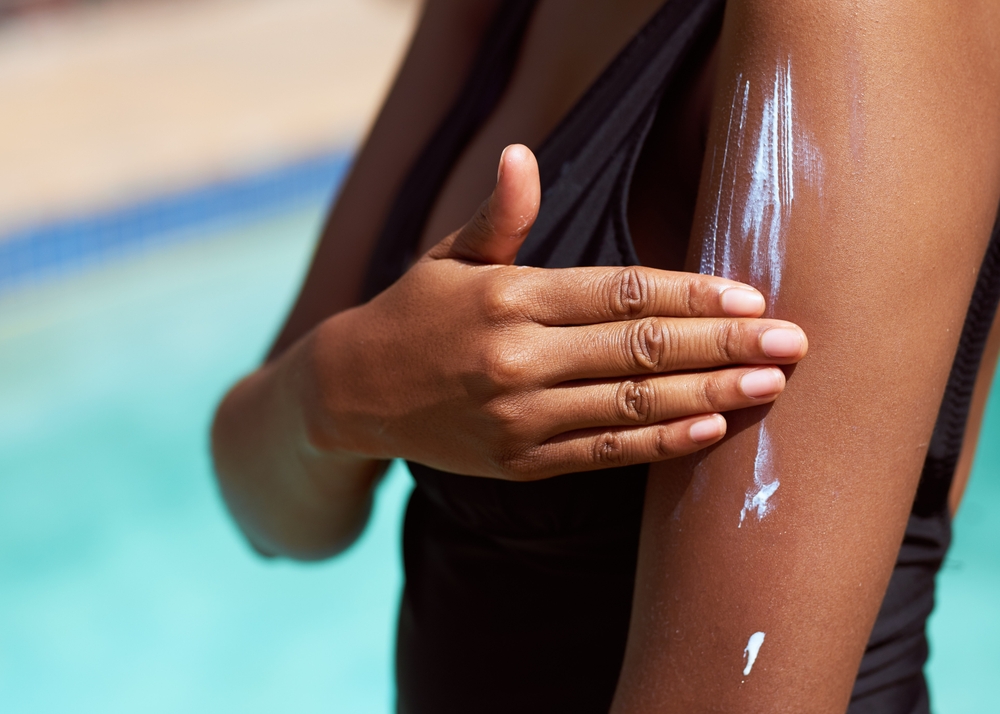Understanding the balance between sun exposure and sunscreen use is a topic of growing discussion, especially when considering the benefits of vitamin D and the risks of skin damage. Now that the weather is warm and people are spending more time outside at beaches and cookouts, it is especially important to know when to use sunscreen. While the American Academy of Dermatology (AAD) recommends daily sunscreen use for any outdoor activity, recent debates have highlighted the potential advantages of limited, unprotected sun exposure, particularly for vitamin D synthesis and mood enhancement.
The sunscreen debate
Some public figures and experts have questioned the necessity of constant sunscreen application, pointing to the body’s need for vitamin D, which is naturally obtained from the sun. The conversation intensified following an article in The Atlantic discussing Australia’s updated sun safety guidelines, which suggest that brief periods without sunscreen could benefit certain individuals, particularly those with darker skin tones.
Understanding sunscreen’s role
Sunscreen is designed to absorb ultraviolet B (UVB) radiation, which can damage skin cell DNA and potentially lead to cancer. However, sunscreen can also inhibit vitamin D production, which is essential for immune and bone health. Light-skinned individuals may need only 10 to 15 minutes of sun exposure a few times a week to meet their vitamin D requirements. Those with darker skin might need longer due to increased melanin, which provides natural UV protection.
Expert opinions on sun exposure
Experts like Jonathan Ungar, MD, and Diya Mutasim, MD, acknowledge that brief sun exposure without sunscreen, such as during a short walk, may not be harmful and can contribute to vitamin D levels and mood improvement. However, they emphasize that the duration and intensity of sun exposure, skin tone, and other factors like cloud cover and time of day must be considered to prevent sun damage.
Recommendations for safe sun practices
While a balance is encouraged, dermatologists agree that for extended periods in the sun, protection is essential. The AAD advises using water-resistant, broad-spectrum sunscreen with an SPF of at least 30. The goal is to enjoy the sun’s benefits without causing skin changes that indicate damage, such as mild redness or tanning.
In conclusion, the decision to use sunscreen for short sun exposures may vary based on individual circumstances. For longer durations, however, sunscreen remains a critical component of skin cancer prevention and overall skin health.





